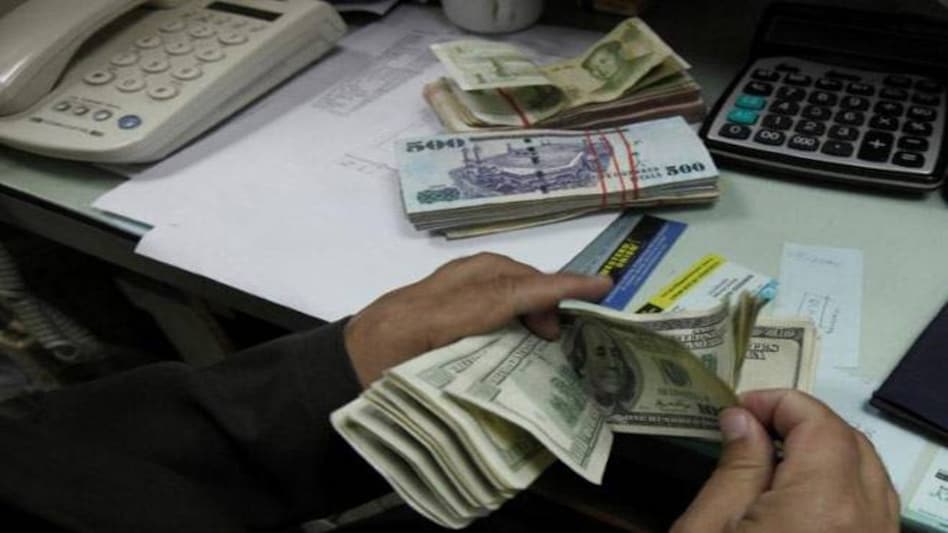 Photo: Reuters
Photo: Reuters Photo: Reuters
Photo: ReutersSeeing its biggest drop in nine years, Pakistan's rupee plummeted 3.1 per cent against the dollar on Wednesday after country's central bank devalued the currency to help deal with lack of foreign reserves and a growing deficit in the external account.
The unexpected plunge led to a shortage of foreign currency as forex dealers preferred to hold rather than sell. On Wednesday, the US dollar rose to Rs 108.50 before settling at Rs 108.25 against Pakistan rupee.
In a statement The State Bank of Pakistan (SBP) said, "The exchange rate adjusted in the market and the SBP is of the view that this depreciation in the exchange rate will address the emerging imbalance in the external account and strengthen the growth prospects of the country."
However, Pakistan's finance ministry issued a statement calling the decline 'artificial' and said it had 'negatively affected its foreign exchange markets'. Pakistan's Finance Minister Ishaq Dar said he felt 'deep concern and indignation'.
Balance of payment crisis in 1991
In 1991, India witnessed its worst balance of payment crisis. At that time the foreign exchange reserves had fallen so much that they were not even enough to pay for a month's imports. To resolve the crisis, the Indian rupee was devalued and the economy was liberalised.
On July 1, 1991, the Reserve Bank of India (RBI) announced devaluation of the rupee by 9 per cent. Two days later, the currency was further devalued by 11 per cent.
"The initiation of economic reforms saw, among other measures, a two step downward exchange rate adjustment by 9 per cent and 11 per cent between July 1 and 3, 1991 to counter the massive draw down in the foreign exchange reserves, to install confidence in the investors and to improve domestic competitiveness," an RBI document noted.
Indira Gandhi's tenure
However, this was not the first time the Indian rupee was devalued. On June 6, 1966, the rupee was devalued drastically after Indira Gandhi came to power.
After the first Indo-Pak war in 1965, India's foreign exchange coffers were stressed due to substantial military spending. Gandhi, who inherited a weak and troubled economy dependent on foreign aid, resorted to devaluation of Indian rupee by 57 per cent.
"Rupee was again devalued on June 06, 1966 to correct the external payments which had reached a state of critical disequilibrium. The measure was also resorted to with a view to maintain the existing exports by bringing about a better alignment between internal and external prices and thus giving exports greater competitive strength. Corresponding new rate of exchange was Rs 7.50 to 1 US dollar as against the previous rate of Rs 4.76 to 1 US dollar," the RBI document states.
China's Renminbi
To maintain the competitiveness of their exports, countries around the world have devalued their currencies. Devaluation makes the exports more attractive which reduces the current account deficit.
China, the second-largest economy in the world, has for decades undervalued its currency renminbi (RMB) to help its manufacturers compete in the world market.
In August 2015, China devalued its tightly controlled currency by 1.8 percentage points. It was the biggest devaluation in renminbi since 1994. The move put pressure on other central banks around the world to bring down valuation of their currencies to support exports.
China controls the value of renminbi by fixing a daily rate against the dollar. Even when the market sees yuan as weak, People's Bank of China (PBoC) can set the yuan rate way higher against the dollar to control its value.